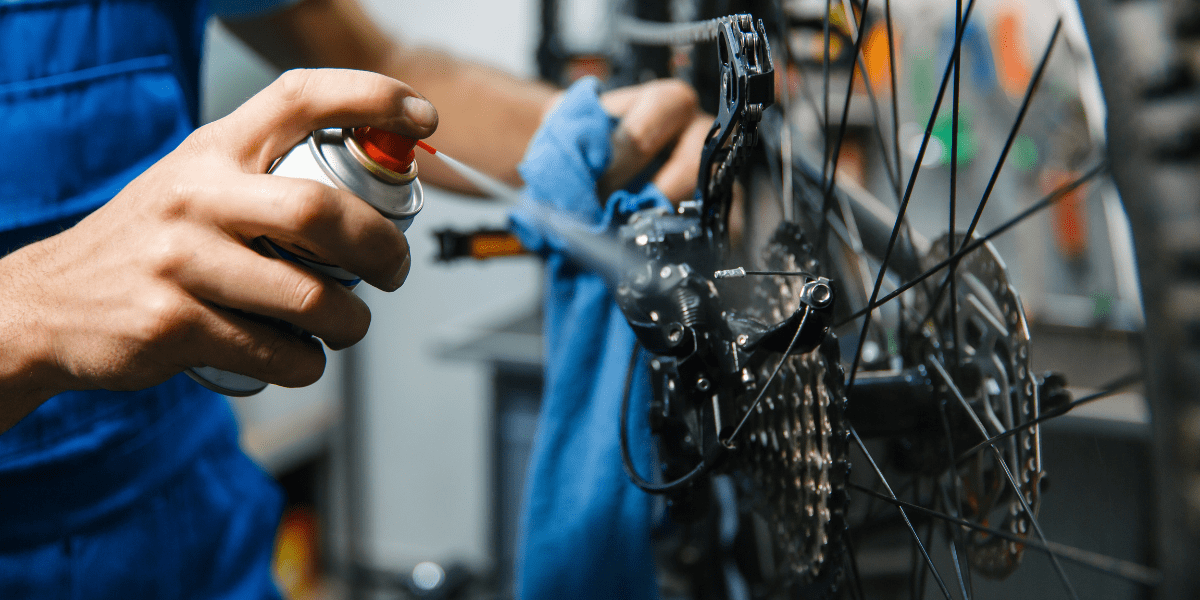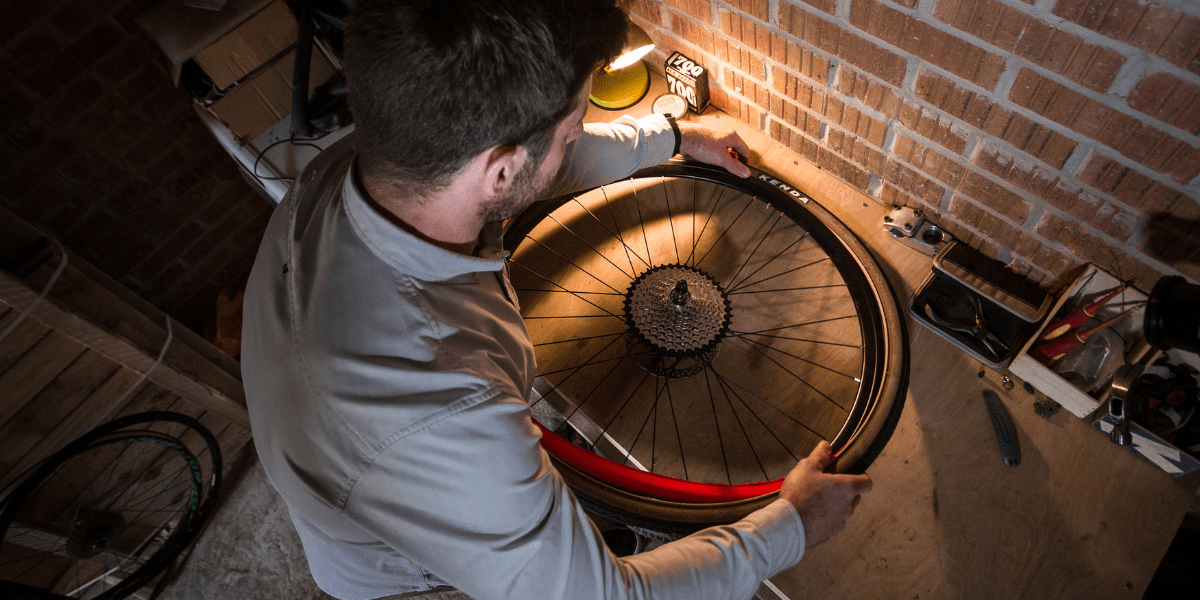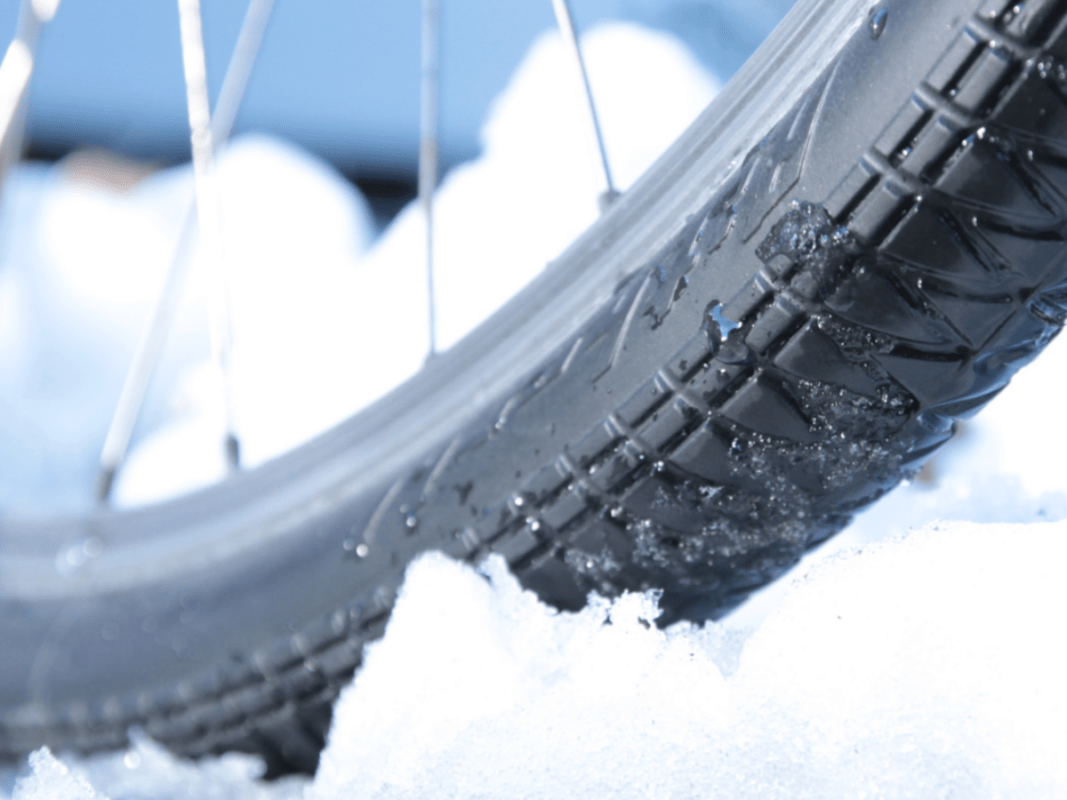Tannus Tires
Bicycle for cold weather How to prepare it and what should we take into account?
The cold weather bike set-up is something that cyclists often do not take into account and it is very important for the optimal functioning of our "machine". Therefore, here are some tips for those brave men and women who do not finish the season in November.
How to prepare my bicycle for cold weather
When cycling in adverse weather conditions, we often encounter muddier or more slippery terrain than usual. These conditions accelerate the wear of the vast majority of the bicycle components and for this reason, it is recommended to perform a more recurrent maintenance in the winter months. But, what are the elements that we must take into account when the cold weather arrives?
Cleaning and maintenance
This is perhaps the simplest or least technical advice we are going to give you, but we dare say that it is the most important. It is key perform a periodic bicycle wash during all times of the year, but even more so in months when our bicycle must be prepared for the cold.

Water and sludge are two elements that can seep through almost any part of our bicycle, such as the bearings, and they can easily rust the chain and the cassette. It is also highly recommended to dry your bike before storing it, otherwise your drivetrain may deteriorate much faster. Finally, to properly prepare your bike for the cold, you should degrease the head tube, bearings and brake cables more frequently than usual. Then, apply grease again, and if possible a waterproof protective spray to all these elements, such as east of Muc-off.
What should you check your bike wheels for cold weather?
ATTENTION, IF YOU DO NOT WEAR A TANNUS, THIS POINT IS VERY IMPORTANT.
IF YOU HAVE THEM, CONGRATULATIONS, YOU HAVE MAINTENANCE-FREE WHEELS.
Bike wheels are, or should be, the only point of contact between your bike and the ground. Therefore, they are one of the most important points to take into account especially when the terrain is more challenging. They play a key role in terms of performance, safety and traction.

With the arrival of colder temperatures, tires become harder and their grip on the ground decreases. It is also more likely to have a puncture in winter and much more unpleasant to have to repair it on the road. For this reason, we recommend riding with solid road tires 100% puncture resistant or add a anti-puncture protector for MTB bicycles.

What accessories should you wear?
Once we have checked the most important components of our bike and we have it ready, we must look at ourselves. Ideally, we should dress in clothing that is warm and waterproof but allows your body to perspire naturally. Gloves and socks are perhaps the most important items, as they protect the two parts of the body through which temperature is lost most rapidly.
It is also highly recommended to incorporate some extra lights or reflectors, since in winter there are much less hours of light.




